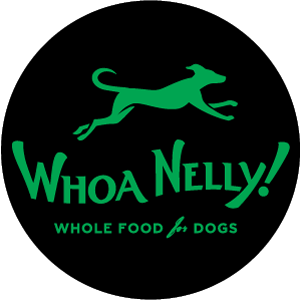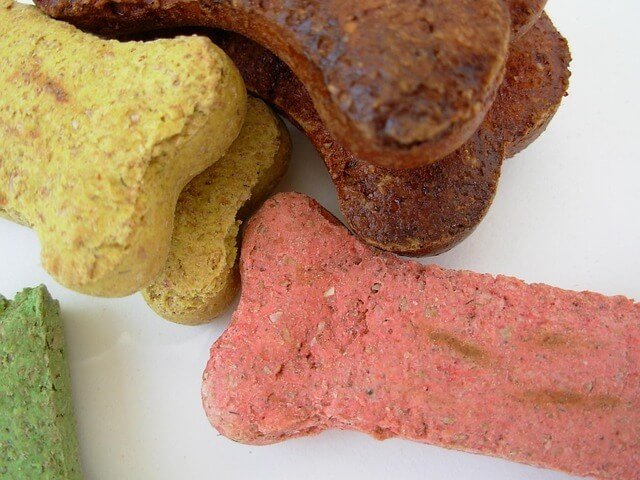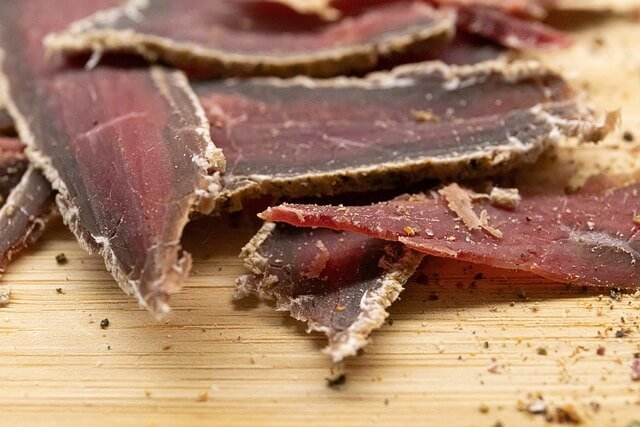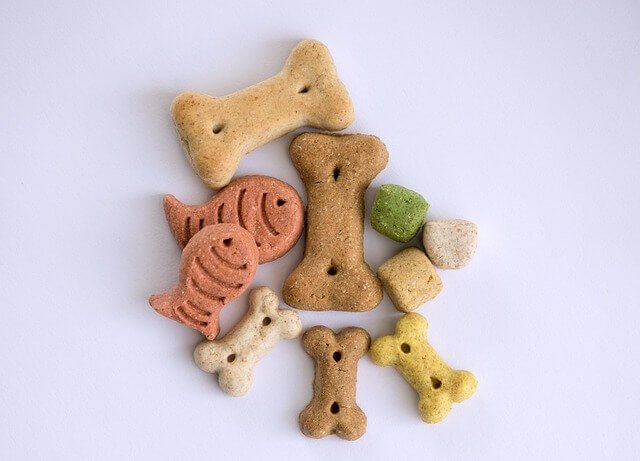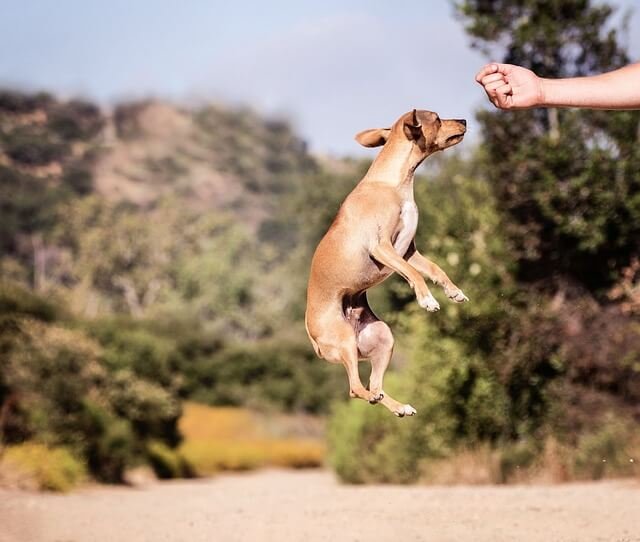How To Choose The Best Dog Treats
In This Article
It’s the most common question we get asked: What sort of treats should I feed my dog?
With so many treats available it’s hard to know which one to choose. Treat options range from simple dehydrated jerky, all the way up to synthetic bones and chemically soft chews. But some are definitely healthier than others.
Our advice is simple: only feed single ingredient treats!
Treats made with only a single ingredient are the healthiest - and most delicious - option for your dog. Typically these are treats that are dehydrated or freeze dried, which naturally preserves the nutrient content while giving it a longer shelf life. They are the most natural choice because they only contain one ingredient, which means no chemicals, fillers or anything else.
Here’s how to pick the best treat for your dog.
Look at the ingredients
Many treats contain fillers and additives to keep their shape or texture. For example, humectants like propylene glycol are often used in soft dog treats to stabilise the water content, or as a solvent for food colourings. This chemical is declared “safe” for dogs, but is a derivative of antifreeze and is toxic in large doses.
Why would you feed that to your dog?
We strongly recommend avoiding processed foods and instead only feeding treats containing a single ingredient, or at least only whole foods. If you don’t recognise anything on the ingredient list or you can’t buy it at the grocery store, don’t feed it.
Avoid treats containing:
Preservatives
Colourings
Humectants (eg. propylene glycol)
Sweetners (eg. sorbitol or sugar)
Fillers (eg. corn, wheat, rice or soy)
Texture is important
Some treats can be extremely hard, which can cause some dogs to break their teeth. Hard treats like deer antlers can cause damage to your dogs mouth and we strongly recommend avoiding them. You want to choose a treat that can be chewed by your dog without the risk of breaking their teeth.
Brittleness is another hazard. Some treats can splinter into hard pieces and cause injury in the mouth or digestive tract. For this reason I’m wary of dehydrated bones, including ribs. You are better off with a quality jerky which can be eaten or chewed without the risk of splintering.
Consider the nutrition
It’s worth thinking about what you are adding to your dogs diet with their treats. For example, one of the most common dog treats is dehydrated liver. While this jerky is certainly healthy, it’s also incredibly nutrient dense. Use moderation with treats made from liver as they can cause digestive upset and throw the nutrient balance off.
Another consideration is the extra calories that you are adding. Some treats contain lots of calories, and overfeeding can negatively impact your dogs health and weight.
Limit your dogs treat intake less than 10% of their total diet. Keep an eye on their body condition to make sure you are feeding the right amount. You can also break many treats into smaller pieces making them go further.
Best treats for training
Positive reinforcement is the best way to train your dog. This means rewarding behaviours that you want to see more of. And the best way to do this is with treats!
The best treats for training are something that is small and high value. One method is to get jerky and break it into little pieces. Our favourite for this is lamb lung puff, which is easily broken into small pieces. It’s Nelly’s favourite treat in the world!
When to give treats
When you give your dog their treats will have a big impact on their behaviour. Ideally you want to link the reward of the treat with a good behaviour. So the best time to reward your dog is immediately after they do what you ask of them.
A simple example is training your dog to sit. Ask them to sit, and when they do immediately give them a small treat. Doing this over time reinforces the command and lets your dog know it’s what you would like them to do when you say “sit”.
Keep in mind the reverse is also true! Never give your dog a treat if they are being demanding or acting up. Doing so just reinforces that activity. For best results, ask your dog to sit and wait for them to be calm before giving any treats 🐾
